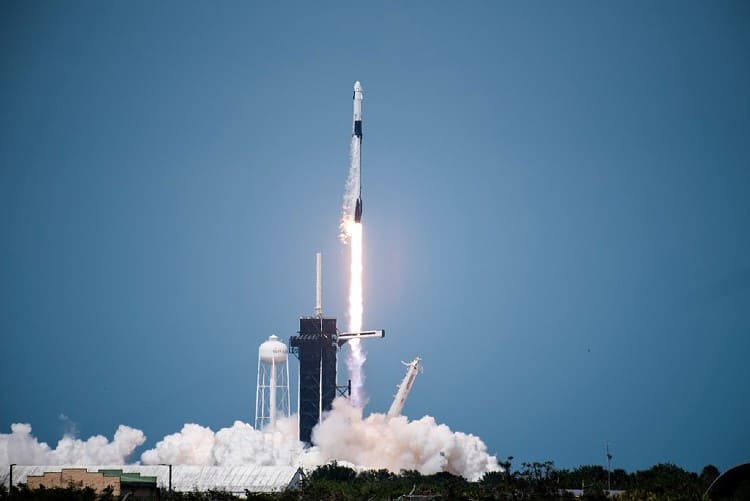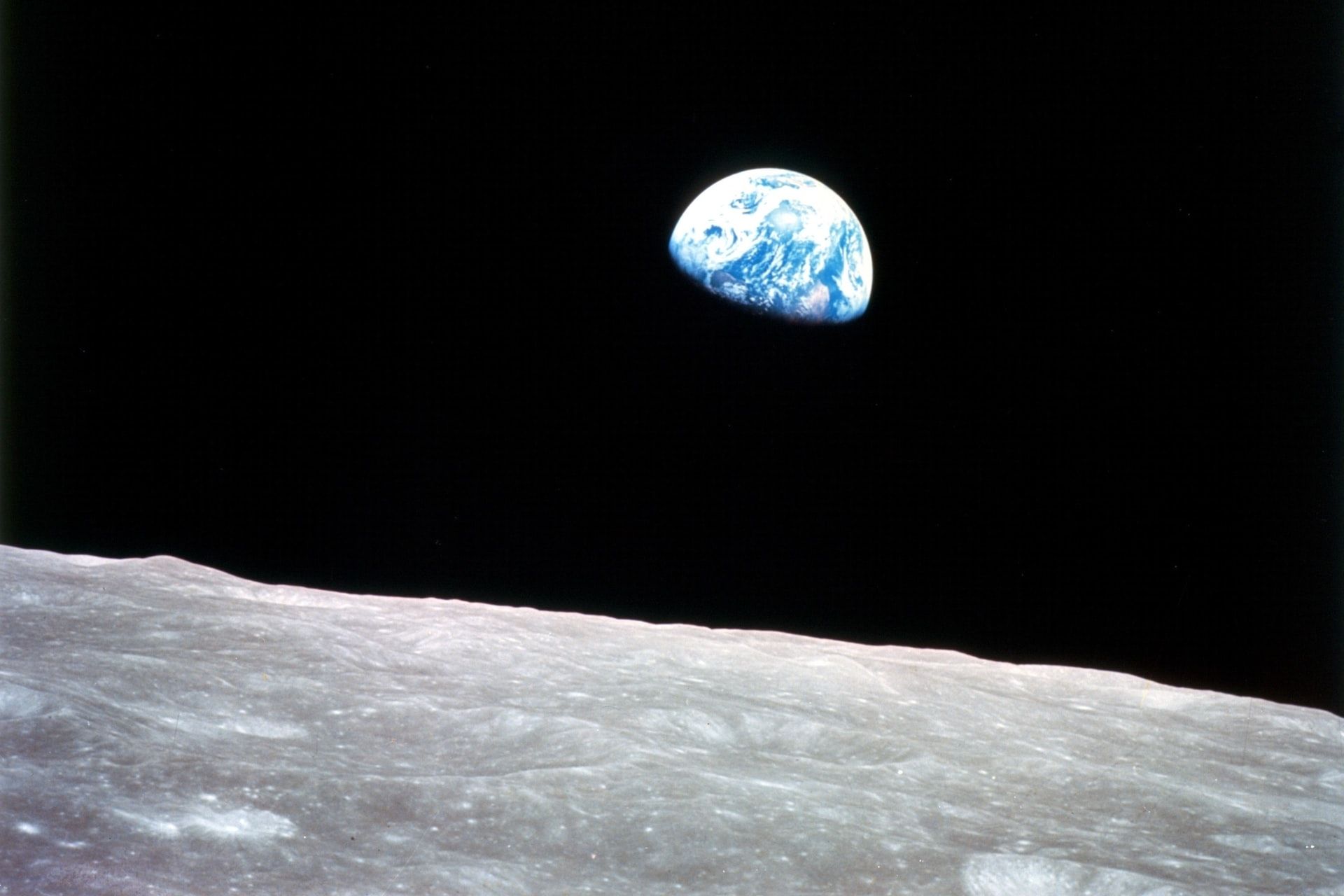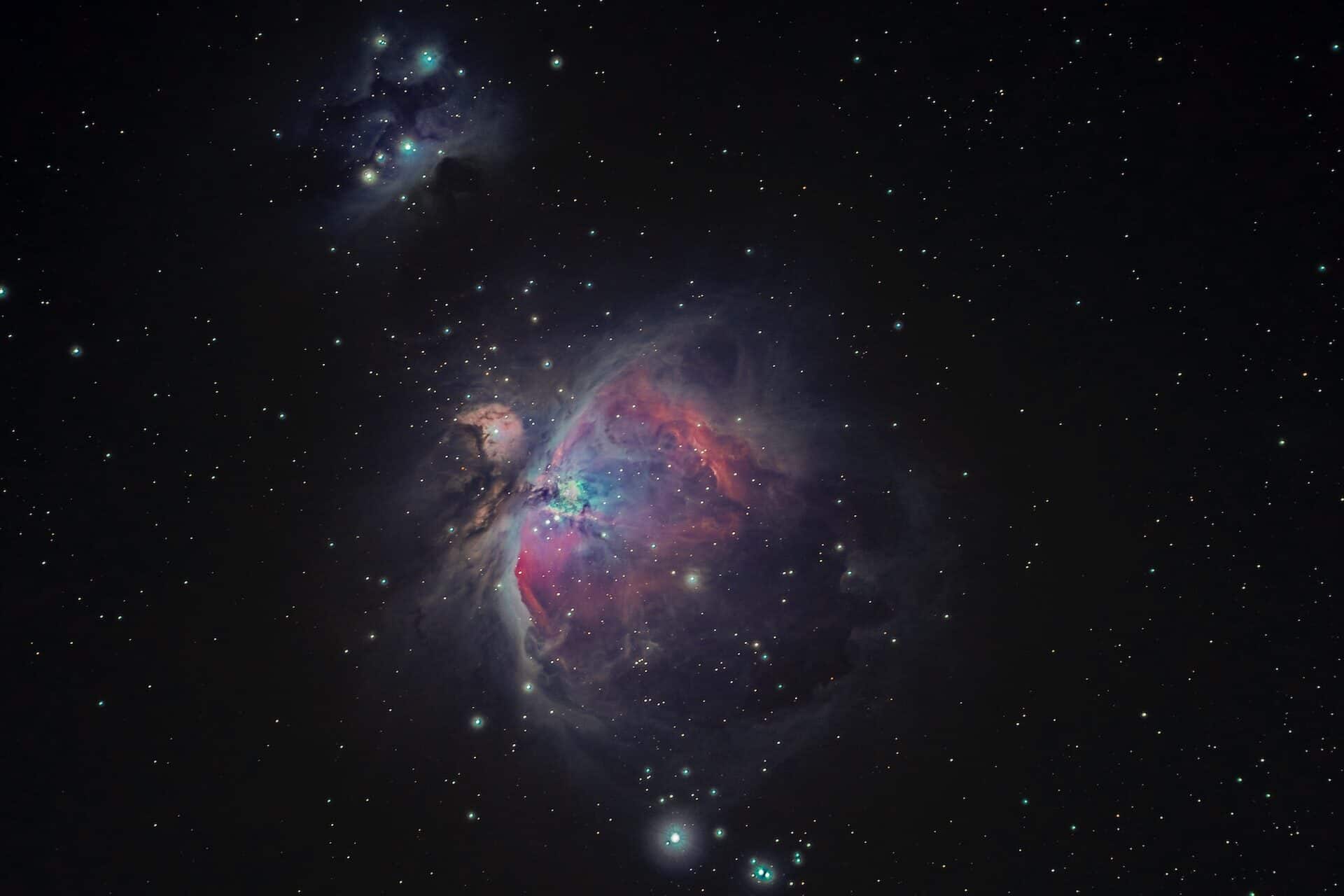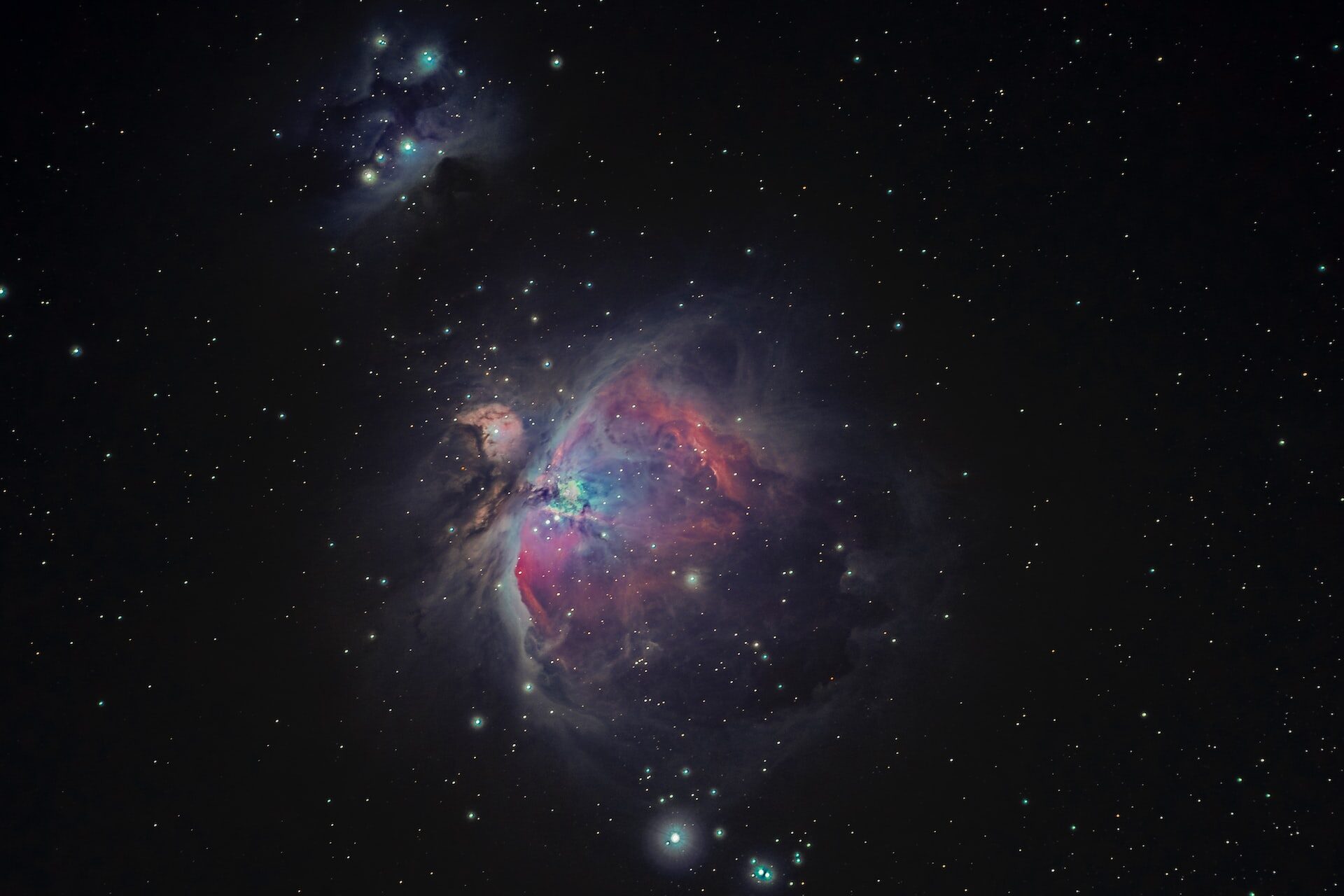
Astronauts Launch From U.S. Soil Once Again
June 5, 2020 - Emily Newton
Revolutionized is reader-supported. When you buy through links on our site, we may earn an affiliate commision. Learn more here.
On May 30, 2020, SpaceX made history by launching National Aeronautics and Space Administration (NASA) astronauts in a U.S.-built rocket from our soil for the first time in nine years. When the last Space Shuttle took off on July 8, 2011, it marked the end of an era.
We’d been watching our rockets carry astronauts to space from United States soil for nearly three decades. Since then, we’ve been renting space in Russian Soyuz capsules to send American astronauts to and from the International Space Station — but not anymore. It’s the dawn of a new era. What happened during the SpaceX launch in May, and what awaits astronauts Doug Hurley and Bob Behnken after making it into orbit?
One Last Test
This is one giant leap for mankind and commercial space flight, but believe it or not, this is still a test. This SpaceX launch was the last test they needed to pass to prove that Falcon 9 and the Crew Dragon capsule could safely transport astronauts to the International Space Station.
SpaceX has been working toward this goal for the last six years. They’ve created a sleek, high-tech capsule that can launch astronauts to the stars from the Space Coast for the first time in nearly a decade. Plus, this will save NASA a lot of money in the long run. The space agency was paying $80 million per seat on the Soyuz capsules. Let’s take a closer look at the rocket that carried Bob and Doug into orbit — and into history.
Atop a Falcon 9
The Crew Dragon spacecraft launched into orbit on top of a Falcon 9, SpaceX’s premiere reusable rocket system. To date, there have been 83 Falcon 9 launches — not including Bob and Doug’s iconic flight — with 44 landings and 31 reflown rockets, according to SpaceX’s website.
The Falcon 9 uses a reusable first-stage booster rocket. It is reclaimed by landing on dedicated landing pads at Cape Canaveral or on a droneship in the Atlantic Ocean named “Of Course, I Still Love You.” The first stage is powered by nine massive Merlin engines that help it break free of Earth’s gravitational pull. Once in space, the first stage booster detaches from the second stage, and a single Merlin engine ignites, pushing the spacecraft higher up into its intended orbit.
During normal operations, a payload sits atop the Falcon 9 — such as satellites or cargo for the International Space Station — protected by a payload fairing, which falls away when the second stage leaves the atmosphere. For this historic SpaceX launch, there was something a little different on top of the rocket — the Crew Dragon capsule.

Introducing the SpaceX Crew Dragon Capsule
If you’ve ever watched footage of old shuttle launches or the Apollo and Mercury missions, you’re probably familiar with all the switches, buttons and analog equipment that decorated the interiors of those capsules. Crew Dragon, on the other hand, is a totally different animal.
For one thing, there aren’t a lot of buttons in Crew Dragon’s cockpit. The capsule is completely autonomous, handling everything from launch to piloting automatically. That doesn’t mean Bob and Doug don’t have any control over the capsule, though. It’s quite the opposite. There is also a full set of manual controls they can use to pilot the capsule in case of an emergency.
They don’t need panels of buttons and controls like the old Space Shuttles had to operate the manual controls. Instead, they have a set of touch-screen controls that tell them everything from what the rocket’s position and speed is to what the next step is and how long it will take them to reach their destination.
The Crew Dragon capsule can carry up to seven people, though it will usually transport a crew of four. Extra chairs are removable to reduce weight as needed. For this historic launch, SpaceX configured the capsule for just two people.
In Case of Emergency
We generally don’t want to see rockets explode unless it’s in a controlled environment for testing purposes. SpaceX sacrificed one of their Falcon 9 rockets earlier this year to ensure the rocket’s abort system works even during flight. They launched Crew Dragon unmanned in January.
After about 90 seconds, they triggered the capsule’s escape system, igniting the eight massive SuperDraco engines on the capsule’s sides. These pulled Crew Dragon safely away from the Falcon 9 booster, allowing it to splashdown in the Atlantic like it would in the event of an emergency.
Of course, as soon as the capsule was clear, the drag on the Falcon 9’s flat top caused the rocket to break apart in a glorious explosion. Or, as Elon Musk would call it, a rapid unscheduled disassembly.
What Occurred in Orbit
What events transpired as a part of Bob and Doug’s mission after the Falcon 9 left the launchpad? Once they entered orbit, it took them 19 hours to reach the International Space Station. Initially, they were only supposed to stay in orbit for a few weeks, alongside astronaut Chris Cassidy and cosmonauts Anatoli Ivanishin and Ivan Vagner. Earlier in the year, NASA decided to extend their stay — though we don’t know precisely how long they’ll be in orbit.
They’re limited by Crew Dragon’s design. The thin solar panels don’t hold up well in a low Earth orbit, so they have to return within about four months. They’ll have to come back in a time span of six weeks to four months, though we don’t know an exact date. Once NASA decides to bring them home, they’ll detach from the ISS, make a series of deorbit adjustments and eventually splashdown in the Atlantic ocean.
Making History Yet Again
SpaceX has been one of the primary pioneers of commercial space flight, and this Crew Dragon launch secured them another spot in the history books. Who knows how far we’ll progress after this?
Feature Image Credit: Daniel Oberhaus / CC BY-SA via Wikimedia Commons
Revolutionized is reader-supported. When you buy through links on our site, we may earn an affiliate commision. Learn more here.
Author
Emily Newton
Emily Newton is a technology and industrial journalist and the Editor in Chief of Revolutionized. She manages the sites publishing schedule, SEO optimization and content strategy. Emily enjoys writing and researching articles about how technology is changing every industry. When she isn't working, Emily enjoys playing video games or curling up with a good book.




